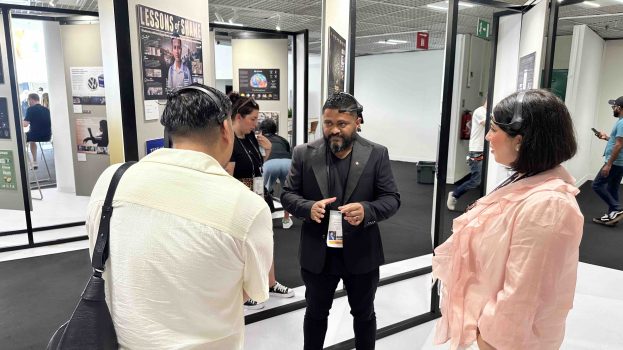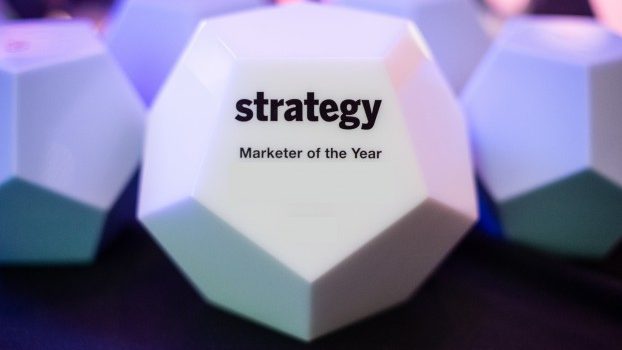SILVER: Services General
Situation Analysis: Due to 15 years of disinvestment, the Société de transport de Montréal (STM) had arrived at a point of no return, with frequent mechanical failures and numerous complaints from users. On the plus side, it was seen as honest and responsible. But it remained traditional, static and routine-oriented in the eyes of its users. The STM needed a new approach to attract new clients, and maintain loyalty among current riders.
Strategy & Insight: The STM needed a strategic direction that would trigger behavioural changes. An environmental positioning was declared the most suitable, as it reached audiences with a viable argument against the STM’s greatest competitor – the car.
Execution: Advertising for the “Society in Motion” campaign started in May 2009, with four different voices to tell different aspects of the story: visionary, realist, actionable and activist. The first two voices covered services that were expected (realist) and unexpected (visionary). The second two communicated environmental messages with expected (actionable) and unexpected (activist) gestures. Messages included: “One bus = 50 fewer cars on the road”; “One metro = 715 fewer cars on the road”; “3 buses eliminate 1km of traffic jams”; and “The STM drives green – for biodiesel.” Media included the web, ads on STM property, print, POS, local PR and stunts.
Results: Before the campaign the STM ridership was stable. From May 2009 to May 2010, ridership increased 1.57%, which may seem numerically small, but equates to six million incremental riders, and a significant inflow of funds.
Cause & Effect: According to an Ipsos Descarie post-test in August 2009, the STM came in third behind Greenpeace and Cascades when consumers were asked which company was most environmentally conscious. Customer satisfaction also increased from 79% in 2007 to a historical 86% at the end of 2009. Recall for the campaign was at 52% vs. a norm of 38%, with 91% of regular STM users having noticed the advertisements. Spending levels and pricing were in line with historical patterns and although bus and train schedules were improved in peak hours, the case argues that this alone would not have created the increased ridership.
Credits:
STM
executive director, planning, marketing and communications: Denise Vaillancourt
director of marketing: Pierre Bourbonnière
agency: Sid Lee






















